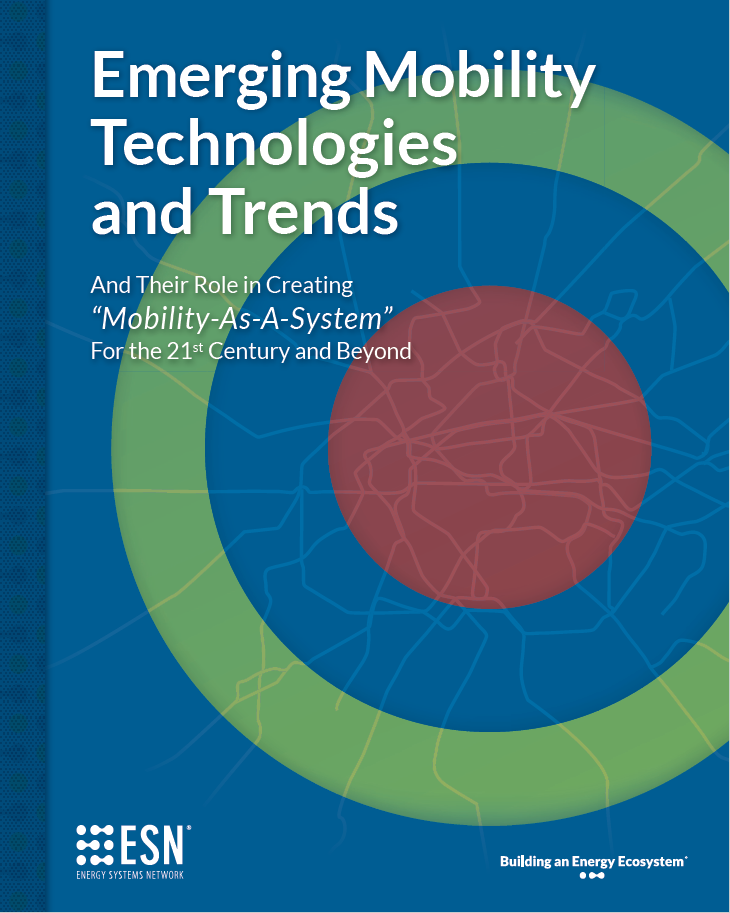Emerging Mobility Technologies & Trends
For the past 100 years, much of society in the United States and many other parts of the world has been organized around the personal automobile. In many ways, it has come to define what,  where, and how we live. Yet change is afoot. In fact, some have predicted that there will be “more change in the next ten years than in the last fifty.” This could very well be so, given the onset and commercial advancement of core automotive and related trends.
where, and how we live. Yet change is afoot. In fact, some have predicted that there will be “more change in the next ten years than in the last fifty.” This could very well be so, given the onset and commercial advancement of core automotive and related trends.
Emerging mobility technologies are elevating the potential for the creation of such a system of services that enable full urban mobility to a new high. Should such a system fully materialize and scale, and should it do so in a timeframe consistent with emerging mobility technologies’ current rates of adoption, the change to society as a whole will make the predicted changes to any single industry, such as that of the automobile over the next ten years, pale in comparison.
Click Image To View Full Report

ESN’s Director of Mobility, Matt Peak, is the author of the report. Peak’s background includes about 20 years’ experience in catalyzing emerging transportation and clean energy technologies.
“In 2017, over 85 percent of all trips were 15 miles or less, while only about 5 percent were 31 miles or more,” said Peak. “When organized around these realities, emerging mobility technologies and modes have the potential to work together, complement transit’s functionalities, and enable a convenient system for travel that doesn’t depend on personal car ownership.”
According to the report, this confluence of different modes, service providers, and usage and pricing models is laying the groundwork for a new “Mobility-as-a-System” (MaaSys) landscape, which the report defines as maintaining – or even exceeding – the mobility provided by the personal automobile while negating its drawbacks, including congestion, cost, pollution, and accidents.

